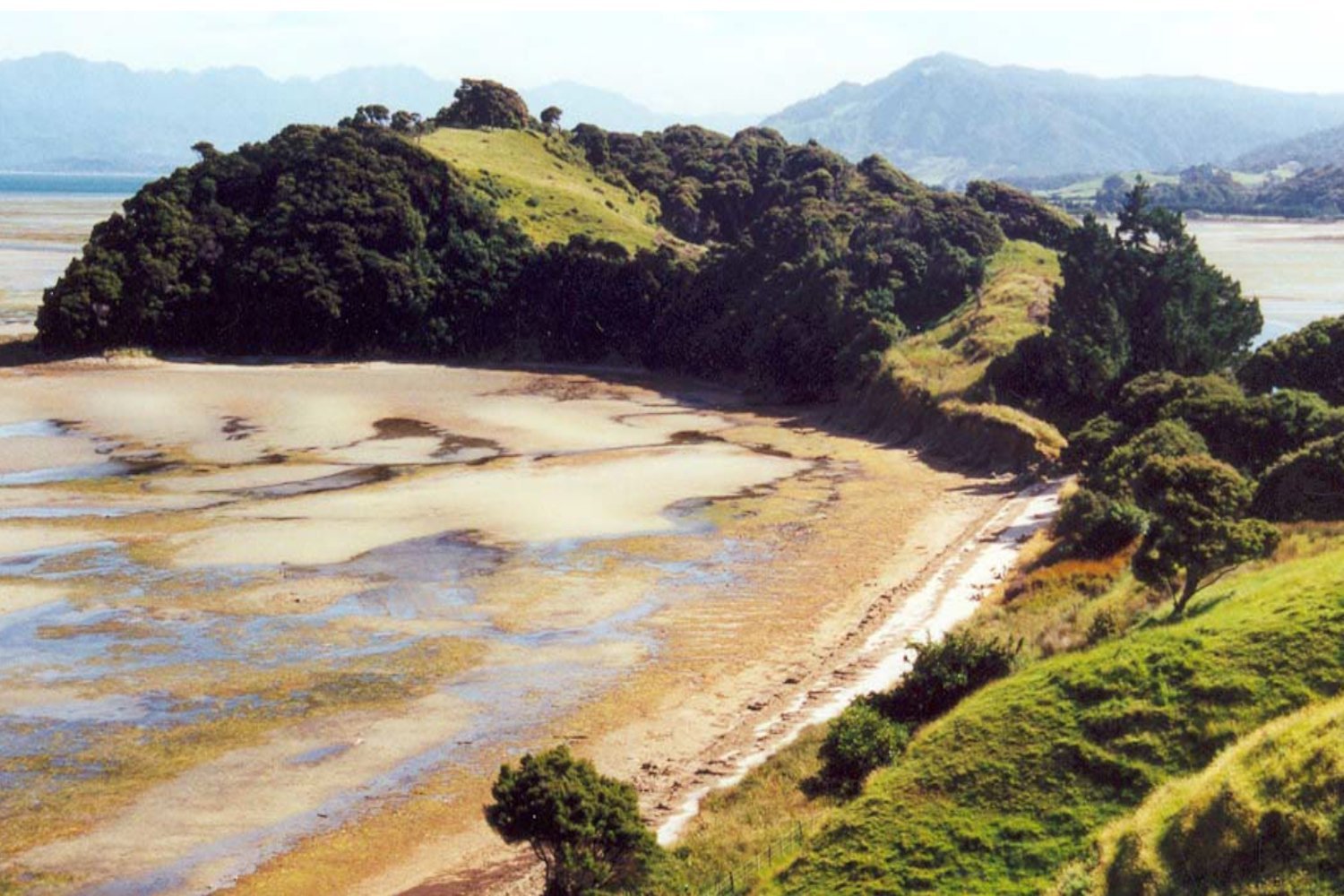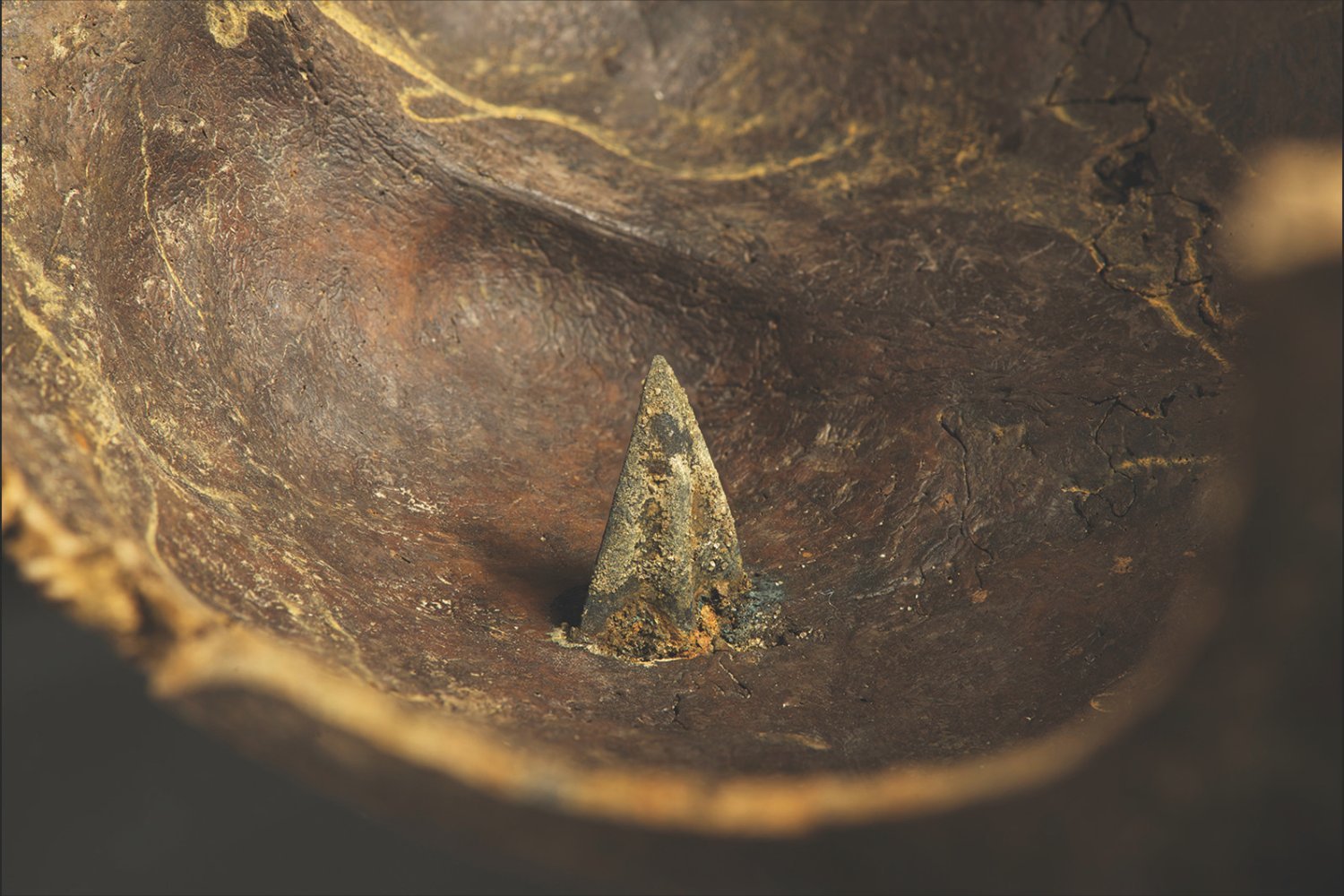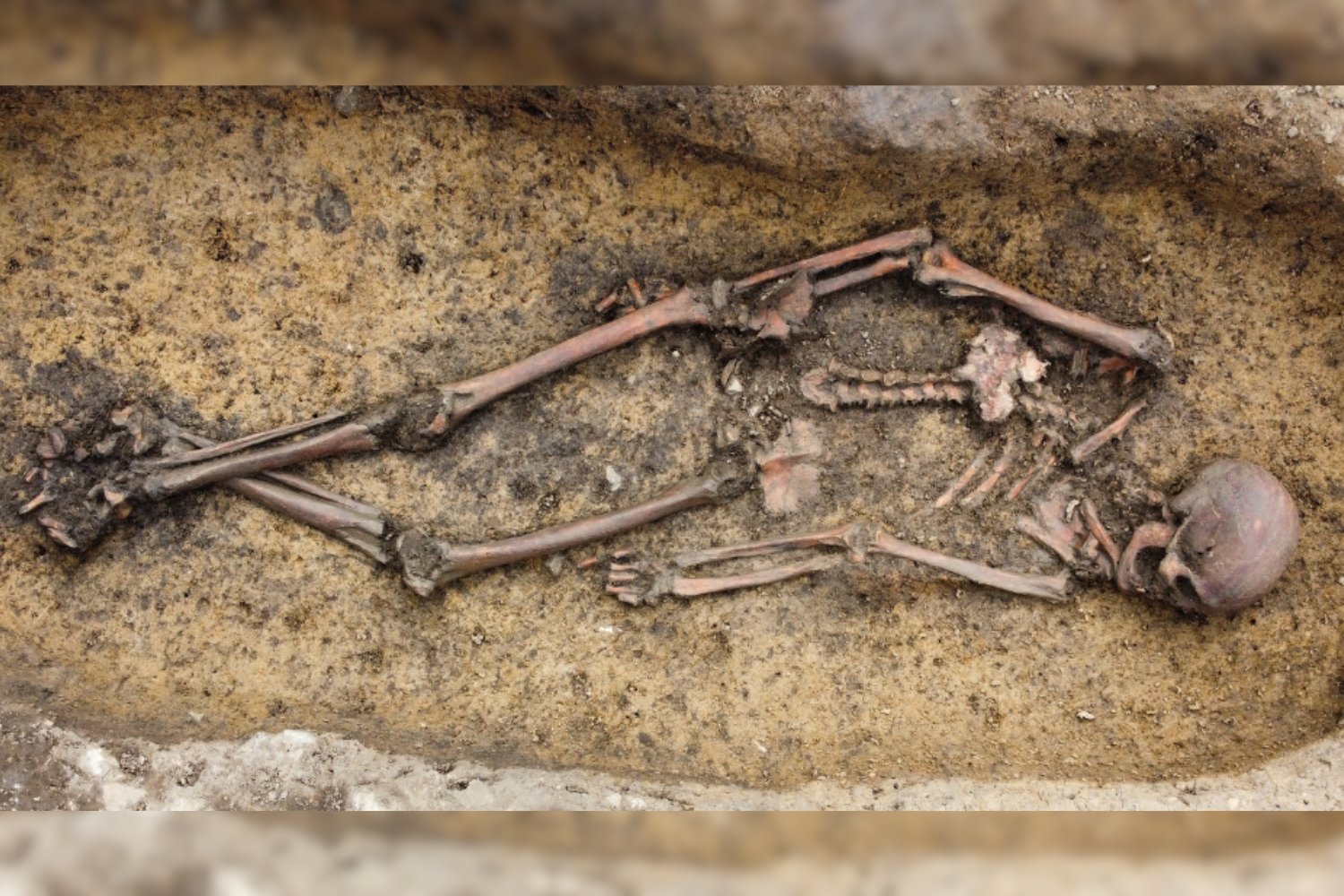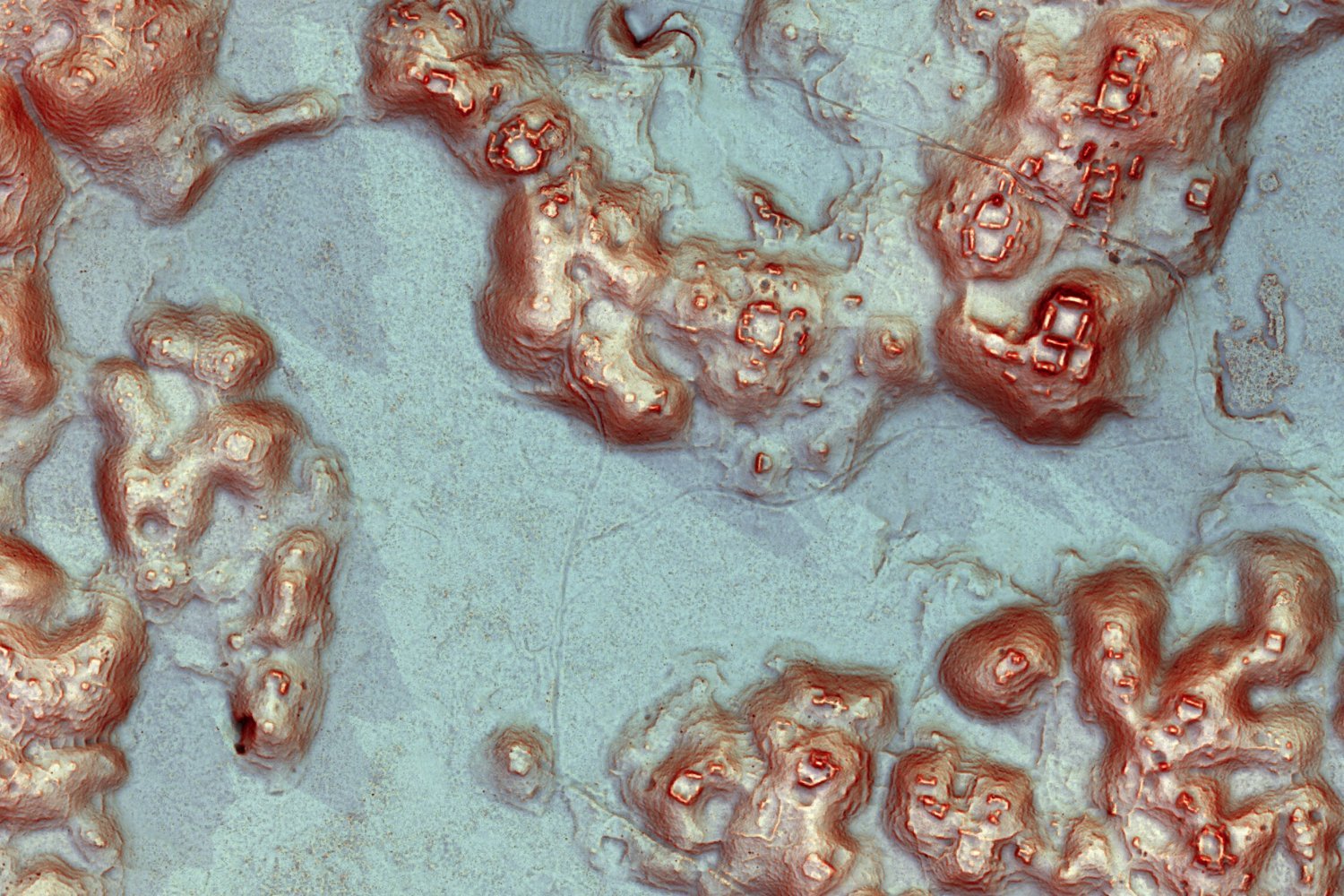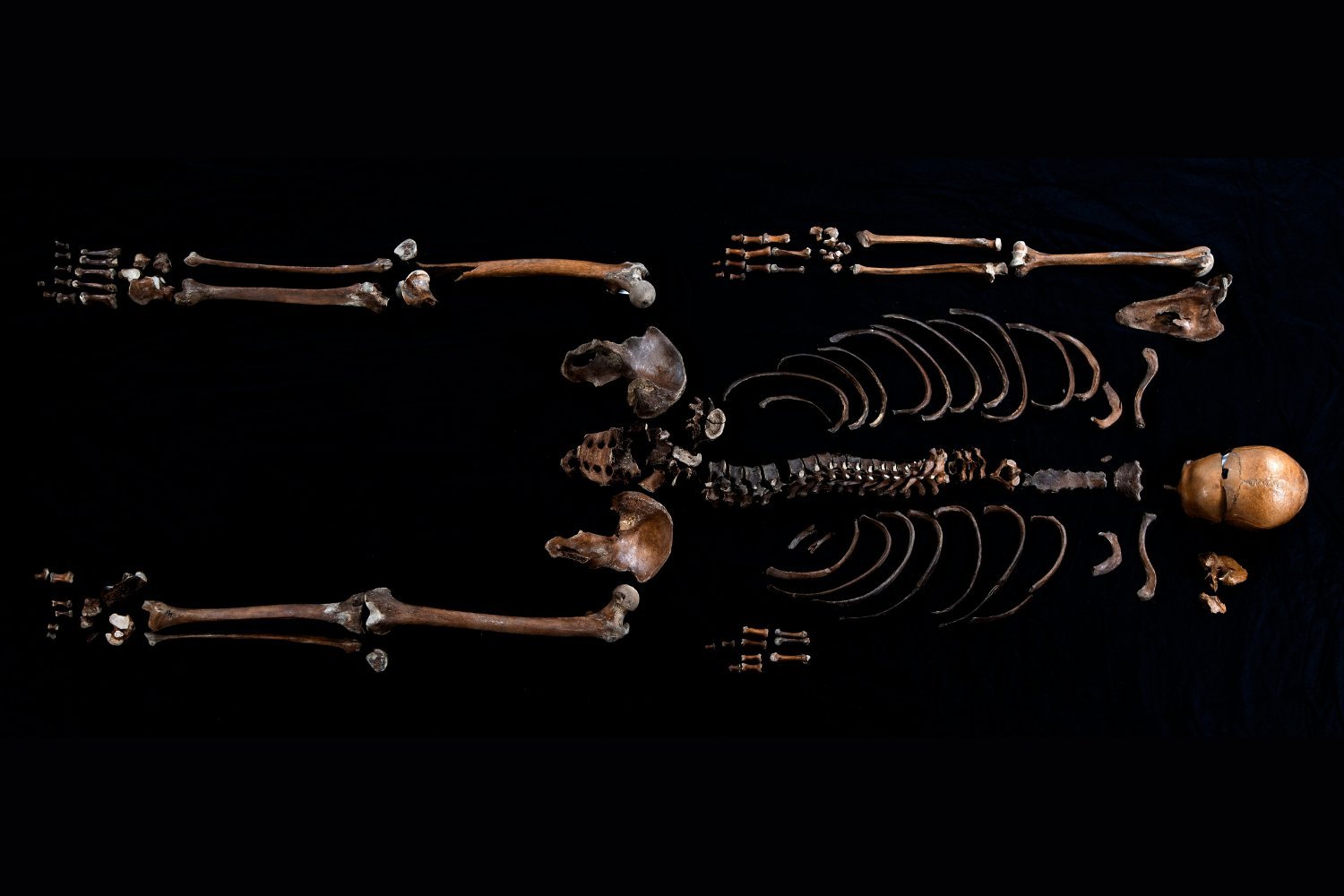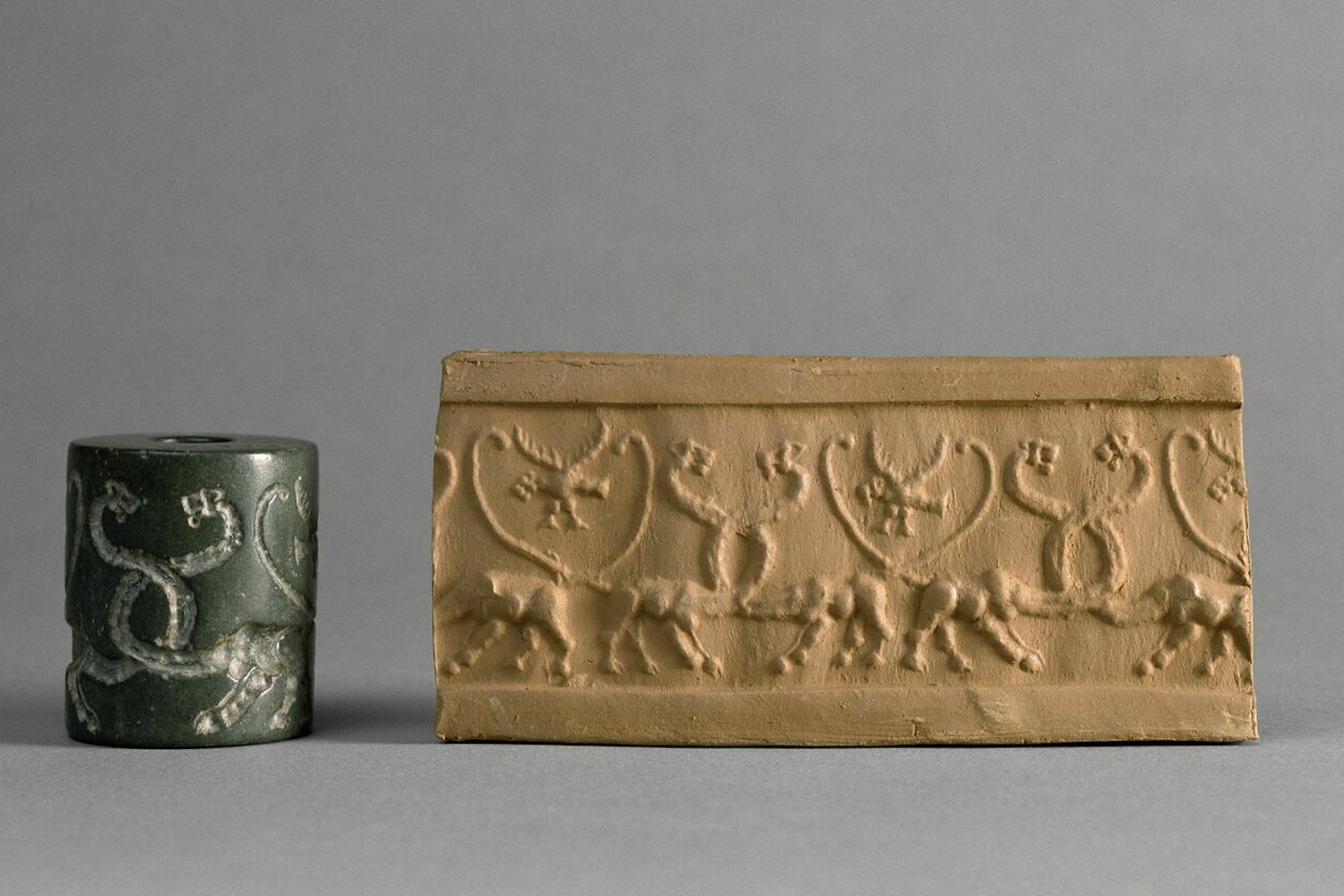Sweet potatoes, a versatile root vegetable enjoyed in various culinary forms, played a surprisingly significant role in the colonization of Polynesian islands. Originating in Central and South America, this starchy staple became integral to Polynesian cuisine. While its presence in eastern Polynesia after 900 CE was known, the exact timeline and method of its arrival remained debated. Recent research suggests sweet potatoes may have been a key factor enabling human expansion across the islands.
Sweet Potato’s Early Arrival in New Zealand
A team of archaeologists, led by University of Otago professor Ian Barber, investigated the remains of ancient kūmara (the Maori name for sweet potato) on the New Zealand island of Te Wāhipounamu. At Triangle Flat, a former Maori farming complex, they discovered sweet potato granules within the sand. Carbon dating revealed these granules date back to 1290 CE, over a century earlier than previously thought for the island. This timeframe coincides with the initial colonization of the southernmost Polynesian islands.
Barber’s study, published in Antiquity, suggests sweet potatoes were among the earliest crops cultivated by Polynesian colonizers. This finding implies the availability of this reliable food source may have been crucial for successful settlement.
Sweet Potato’s Resilience: A Key to Polynesian Expansion
Sweet potatoes are renowned for their hardiness and rapid growth. These characteristics were essential for Polynesian settlers navigating the vast network of over 1,000 islands, especially as they ventured into cooler southern territories. The sweet potato’s resilience likely provided a secure food supply, encouraging expansion into less hospitable climates.
Professor Barber suggests that the knowledge of having such a robust food source might have motivated Polynesians to explore and settle more distant islands. The sweet potato’s adaptability, inherited from its continental origins, allowed it to thrive in cooler southern climates, potentially outperforming other crops.
Implications for Modern Agriculture
The implications of this research extend beyond historical understanding. Sweet potato is the world’s fifth largest crop, with over 105 million metric tons produced annually. However, climate change poses a threat to future production, as key growing regions are projected to experience significant warming by 2070.
Barber hopes that further research into the historical spread of sweet potatoes might reveal strategies for enhancing its resilience in the face of climate change. This knowledge could prove invaluable in safeguarding this crucial global food source for future generations.
Conclusion: The Humble Sweet Potato’s Legacy
The humble sweet potato, often overlooked, played a pivotal role in shaping Polynesian history. Its resilience and nutritional value facilitated the colonization of a vast island network, demonstrating the profound impact of agriculture on human migration and settlement. This research highlights the importance of understanding the historical relationship between humans and their crops, particularly in the context of climate change and global food security.



